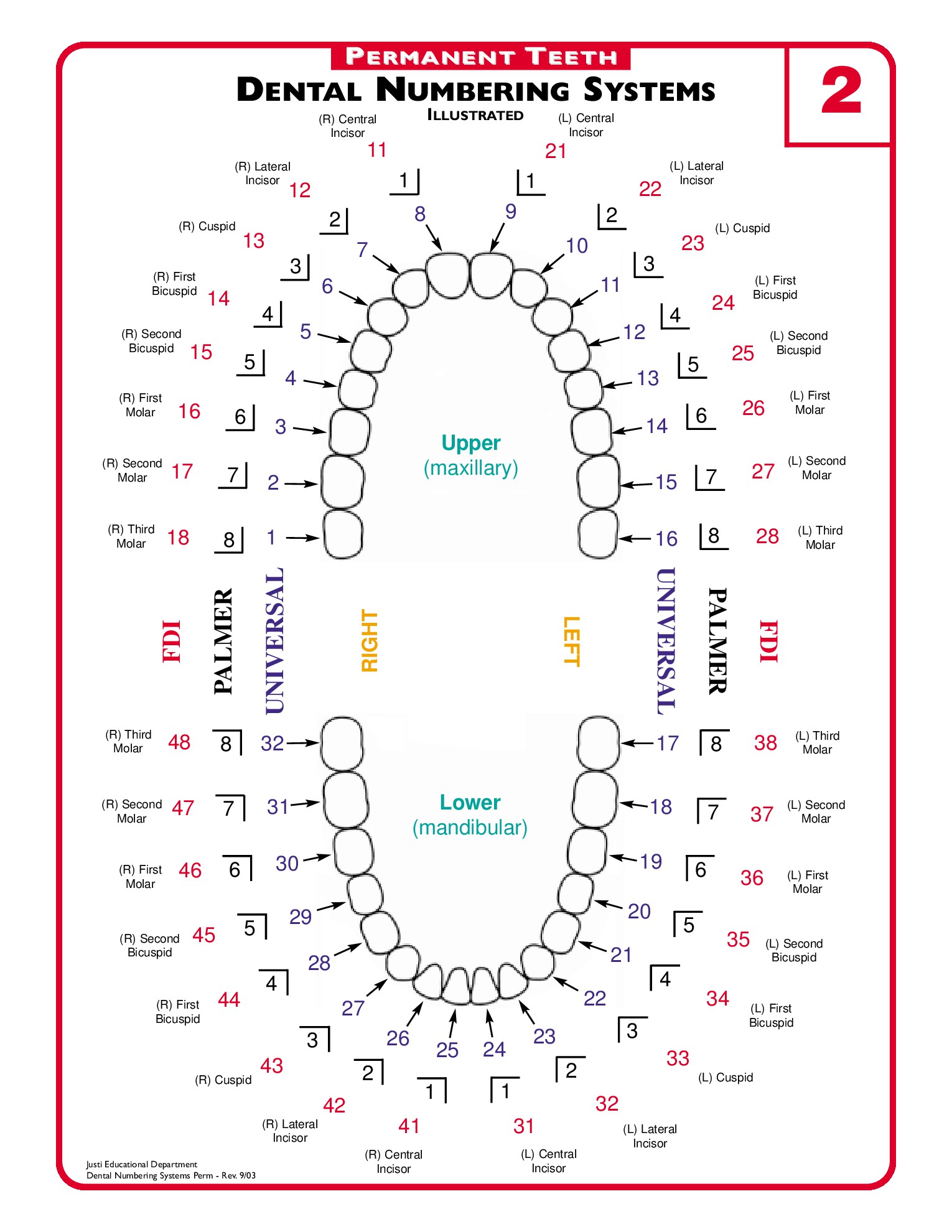Dental caries has been consistently one of the most common diseases in children. Numerous studies have found that dental cavities in kids can be reduced by up to 50 percent through intake of Vitamin D. The results were promising, indicating that Vitamin D can be the secret weapon against childhood caries.
What is the Link Between Dental Caries and Vitamin D?
Enamel is considered as the most mineralized part of the human body. It is primarily made up of phosphate and calcium. Vitamin D is essential for the absorption of phosphate and calcium from our diet. Increasing calcium and phosphate absorption can help fight demineralization of enamel due to bacteria, thereby improving the strength of the teeth.
Vitamin D receptors are present on the cells of your immune system and your teeth. Vitamin D receptors bind with Vitamin D and works by increasing the level of antimicrobial proteins to help the body fight the bacteria that destroy tooth enamel.
Furthermore, the osteoblasts that form the enamel and dentin contain Vitamin D receptors, which means that Vitamin D plays a crucial role in their function.
Some studies have shown that dental caries are more prevalent during early spring and late winter, when the levels of Vitamin D are often at their lowest. Numerous studies have revealed that sun exposure and the geographic located are linked to dental caries. People living near the equator, where there’s great amount of sun exposure have less likelihood to develop dental cavities.
In addition, pregnant women with low levels of Vitamin D are more likely to have a child develop early childhood caries (ECC). Kids with ECC seems to have lower levels of Vitamin D than healthy kids. Some experiments have shown that supplementing a mother with Vitamin D supplements during pregnancy can help reduce the rate of dental enamel issues in their child. Defects in dental enamel may increase the possibility of a child having dental caries.
Benefits of Vitamin D on Kids’ Oral Health
The beneficial effects of Vitamin D when provided to children include the following:
1. Improvement in the formation of dentin
2. Better tooth development
3. Enhance the components and amount of saliva to improve tooth enamel strength
4. Tooth protection comparable to fluoride
5. Boosts the body’s immune system
When Vitamin D supplementation is introduced, studies revealed up to 50 percent reduction in dental caries.
What are the Best Sources of Vitamin D?
Infants up to 12 months should have 400 IU per day while babies older than 1 year need 600 IU a day.
Vitamin D is also known as the ‘Sunshine Vitamin’ since the body can make its own through sun exposure. However, your child’s body couldn’t produce sufficient Vitamin D when covered with sunscreen or clothing. Other factors that hinder Vitamin D production through sun exposure include clouds, smog, geographic location and dark skin.
Fortunately, there are other ways to get the Vitamin D you need. Some of the best food sources of Vitamin D include salmon, canned tuna, orange juice, egg yolk, Vitamin D-fortified food products and Swiss cheese.
The American Academy of Pediatrics recommends that all children, from the infants to teens take Vitamin D supplements of 400 IU every day.





























